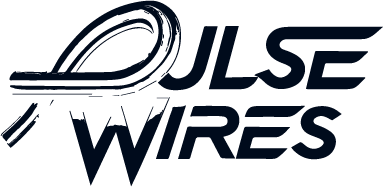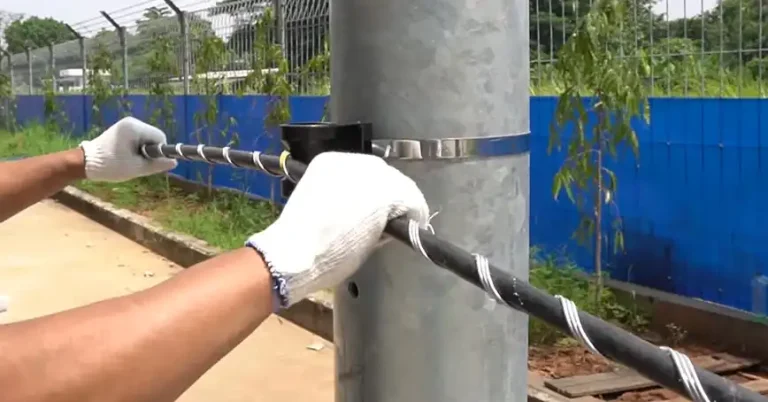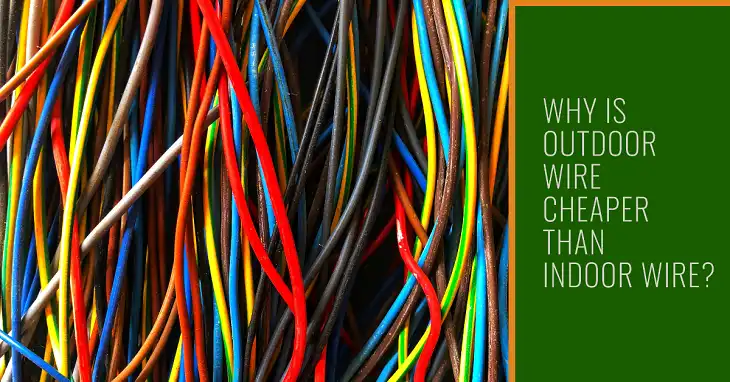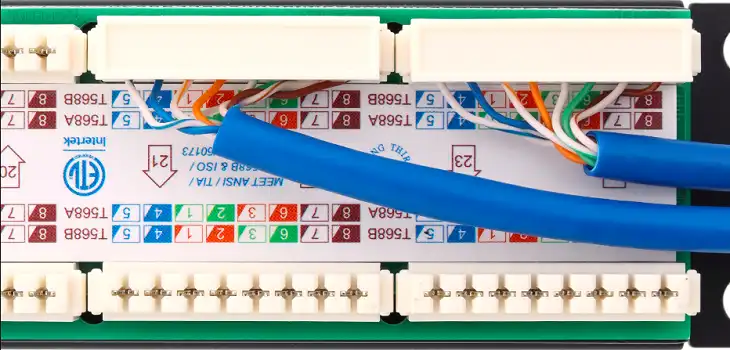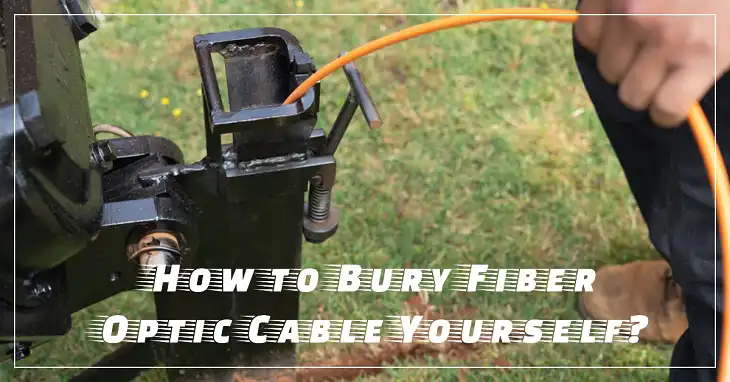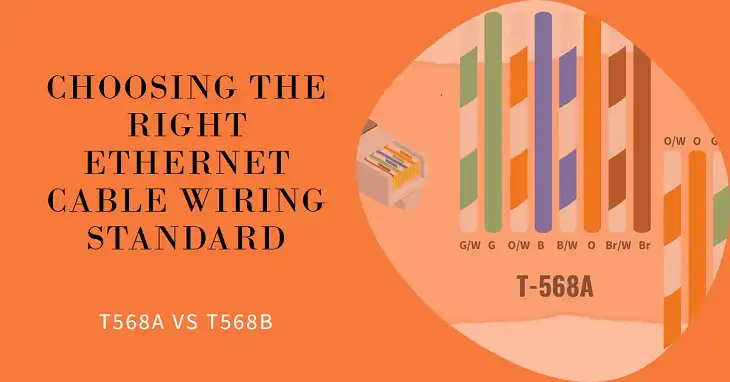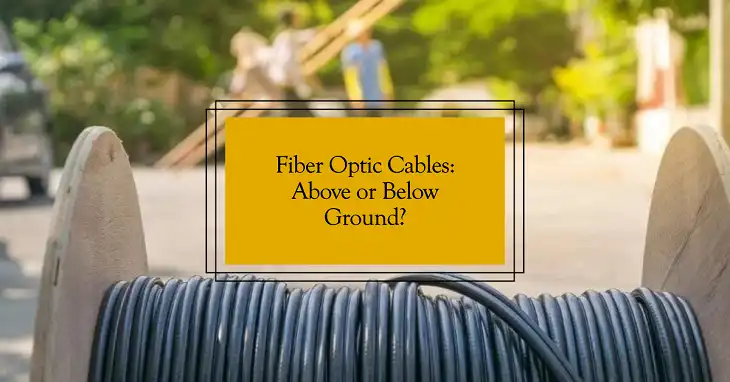Dual Shield vs Quad Shield Coax
Short Answer: The primary difference between dual shield and quad shield coaxial cables lies in the number of layers of shielding they have. Dual shield coax cables feature two layers of shielding (one layer of aluminum foil and one braided wire), whereas quad shield cables offer four layers (two layers of aluminum foil and two braided wire shields). This additional shielding provides better protection against interference and is especially important in environments with high levels of electromagnetic or radio frequency interference (EMI/RFI). Quad shield cables are typically preferred for longer runs or higher frequency transmissions, such as in satellite or cable TV installations, while dual shield cables are often sufficient for shorter runs in low-interference environments. For a more thorough comparison, read on.
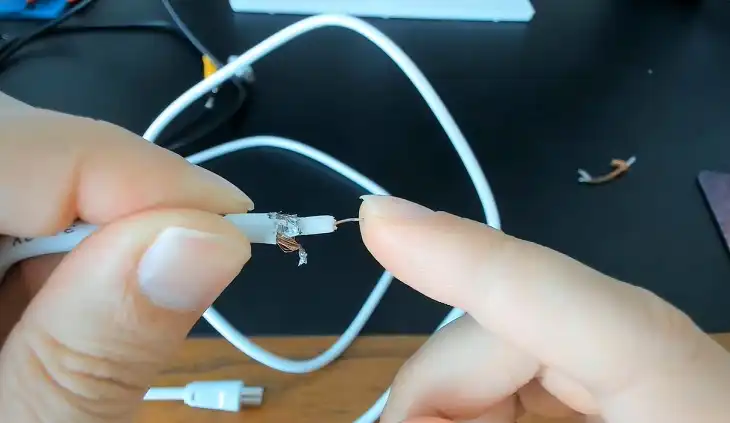
Understanding Coaxial Cable Construction
Coaxial cables are designed with a specific structure that helps them efficiently transmit signals while minimizing interference.
Center Conductor
At the core of every coaxial cable is the center conductor, which carries the signal. This conductor can be made of solid or stranded wire, depending on the application. Surrounding the center conductor is a layer of hard foam insulation known as the dielectric.
Dielectric Insulation
The dielectric plays a crucial role in maintaining the integrity of the signal by providing consistent spacing between the center conductor and the shielding layers.
Shielding Layers
The next layer is shielding, which comes in various forms to protect the signal from electromagnetic interference (EMI) and radio frequency interference (RFI).
In dual shield coaxial cables, the shielding consists of one layer of foil tape and one wire braid shield. In quad shield cables, there are two layers of foil tape and two wire braid shields, offering enhanced protection.
Outer Jacket
Finally, the entire cable is encased in an outer jacket made of plastic, which provides physical protection and determines the cable’s suitability for indoor or outdoor use.
Importance of Construction
Understanding this construction is key to appreciating the differences between dual shield and quad shield coaxial cables, and how these differences impact their performance and application.
What is Dual Shield Coaxial Cable?
Dual shield coaxial cable is a type of coaxial cable that features two layers of shielding to protect the transmitted signal from interference.
Its construction includes a single layer of foil tape wrapped around the dielectric insulation, followed by a wire braid shield.
This dual layer of protection helps minimize electromagnetic interference (EMI) and radio frequency interference (RFI), making it suitable for environments with moderate levels of interference.
Applications
Dual shield coaxial cable is commonly used in residential installations where the risk of interference is relatively low. It’s ideal for home applications such as connecting televisions, cable modems, and other consumer electronics.
The design of dual shield cable allows for easier bending and installation, making it a practical choice for setups where space and flexibility are important.
Advantages
- Easier bending and installation due to its flexible design.
- Suitable for residential environments with moderate levels of interference.
- Ideal for connecting televisions, cable modems, and other consumer electronics.
- Provides a balance between performance and ease of use.
- Cost-effective option for home installations.
What Is Quad Shield Coaxial Cable?
The quad shield coaxial cable, as the name implies, provides four layers of shielding for enhanced protection against interference. Its construction includes two layers of foil tape and two layers of wire braid shields.
This robust shielding design significantly reduces the impact of electromagnetic and radio frequency interference, ensuring a cleaner and more reliable signal transmission.
Applications
Quad shield coaxial cable is typically used in environments with high levels of interference, such as commercial buildings, densely populated urban areas, or installations near electrical equipment.
Its superior shielding makes it ideal for applications where minimal signal loss and maximum performance are critical, such as in professional broadcasting, satellite communications, and high-speed internet connections.
Advantages
- Superior protection against electromagnetic and radio frequency interference.
- Ensures a cleaner and more reliable signal transmission.
- Ideal for commercial environments with high levels of interference.
- Suitable for applications requiring minimal signal loss and maximum performance.
- Preferred choice for professional broadcasting, satellite communications, and high-speed internet connections.
Considerations
While quad shield cable offers better protection, it is also thicker and less flexible than dual shield cable, requiring more careful handling during installation.
This added complexity can increase installation time and require specialized tools and techniques.
Key Differences Between Dual Shield and Quad Shield Coaxial Cable
| Feature | Dual Shield Coaxial Cable | Quad Shield Coaxial Cable |
| Shielding Layers | One foil tape, one wire braid | Two foil tapes, two wire braids |
| Interference Protection | Moderate protection against EMI/RFI | Superior protection against EMI/RFI |
| Signal Attenuation | Higher attenuation | Lower attenuation |
| Flexibility and Bend Radius | More flexible, smaller bend radius | Less flexible, larger bend radius |
| Installation Complexity | Easier to install and terminate | More challenging to install and terminate |
| Typical Applications | Home installations, short runs | Commercial installations, high interference |
| Cable Thickness | Thinner | Thicker |
| Cost | Generally less expensive | Generally more expensive |
Shielding Layers
Dual shield coaxial cable has a simpler construction with one layer of foil tape and one layer of wire braid. In contrast, quad shield coaxial cable includes two layers of each, providing double the shielding.
This additional shielding in quad shield cables offers enhanced protection against interference, making it more suitable for environments with significant EMI/RFI.
Interference Protection
Dual shield cables provide moderate protection against electromagnetic interference (EMI) and radio frequency interference (RFI), which is usually sufficient for residential applications.
Quad shield cables, with their extra layers of shielding, offer superior protection, making them ideal for commercial or industrial settings where interference is more prevalent.
Signal Attenuation
Signal attenuation refers to the loss of signal strength as it travels through the cable. Dual shield cables experience higher attenuation compared to quad shield cables, which means they lose more signal strength over the same distance.
Quad shield cables, with their better shielding, maintain signal strength more effectively, which is crucial for applications requiring long cable runs or high-quality signal transmission.
Flexibility and Bend Radius
Dual shield cables are more flexible and can be bent more tightly, which is advantageous during installation in tight spaces.
Quad shield cables, being thicker due to the extra layers of shielding, are less flexible and require a larger bend radius. This can make them more challenging to install in confined areas.
Installation Complexity
Installing and terminating dual shield coaxial cable is generally straightforward and less time-consuming.
Quad shield coaxial cable, on the other hand, is more complex to install and terminate due to its additional layers of shielding. This added complexity can increase installation time and require more specialized tools and techniques.
Typical Applications
Dual shield coaxial cables are typically used in home installations where the risk of interference is lower, and cable runs are shorter. They are suitable for connecting TVs, modems, and other household devices.
Quad shield coaxial cables are better suited for commercial installations or areas with high levels of interference. They are used in professional broadcasting, satellite communications, and other demanding environments where signal integrity is paramount.
Cable Thickness
The additional layers of shielding in quad shield coaxial cable make it thicker than dual shield cable. This increased thickness can affect the ease of installation and the type of connectors required. Dual shield cables, being thinner, are easier to handle and route through tight spaces.
Cost
Due to the additional materials and manufacturing complexity, quad shield coaxial cables are generally more expensive than dual shield cables.
The choice between the two often comes down to balancing cost against the need for higher performance and better interference protection.
For many home users, dual shield is sufficient and more cost-effective, while commercial users may justify the higher cost of quad shield for its superior performance.
When to Use Dual Shield Coaxial Cable
In environments where minimal interference is expected, such as home installations and short cable runs, dual shield coaxial cable proves to be highly effective.
Residential settings typically experience lower levels of electromagnetic interference (EMI) and radio frequency interference (RFI), making dual shield coaxial cable a cost-effective choice.
Its design facilitates easier installation and termination due to its flexible nature and manageable size. This makes it convenient for homeowners to set up connections without needing specialized tools or extensive technical knowledge.
Benefits of Using Dual Shield Coaxial Cable
Dual shield coaxial cable offers several benefits in these environments:
- Easier installation and termination.
- Cost-effectiveness for residential applications.
- Adequate protection against minimal interference scenarios.
When to Use Quad Shield Coaxial Cable
Quad shield coaxial cable is indispensable in environments requiring maximum protection against interference.
It is particularly suited for business installations exposed to high EMI/RFI risks, such as commercial buildings and areas near electrical systems.
Additionally, quad shield coaxial cable is ideal for antenna connections where minimizing signal loss is crucial.
The robust construction of quad shield cable, with its two layers of foil tape and two wire braid shields, provides superior shielding capabilities.
This ensures enhanced performance in challenging environments where maintaining signal integrity is essential for reliable operation.
Benefits of Using Quad Shield Coaxial Cable
Quad shield coaxial cable offers several benefits in these environments:
- Enhanced protection against interference.
- Superior performance in high EMI/RFI environments.
- Ideal for applications where signal integrity is critical, such as in professional broadcasting and satellite communications.
Final Words
Choosing between dual shield and quad shield coaxial cable depends on the specific requirements of your installation environment. Dual shield is ideal for residential setups with minimal interference, offering cost-effectiveness and easier installation.
In contrast, quad shield is essential for environments with high levels of electromagnetic and radio frequency interference, providing superior protection and performance.
By understanding these differences and considering your application needs, you can ensure reliable signal transmission and optimal performance for your coaxial cable installations.
Frequently Asked Questions (FAQs)
1. What Factors Should I Consider When Choosing Between Dual Shield And Quad Shield Coaxial Cable?
Consider the level of electromagnetic interference (EMI) and radio frequency interference (RFI) in your installation environment. Quad shield is best for high-interference environments, while dual shield is sufficient for low-interference scenarios like home installations.
2. Can I Use Dual Shield Coaxial Cable For Longer Cable Runs?
Yes, dual shield coaxial cable can be used for longer runs within residential settings where interference levels are minimal. However, for longer distances or higher interference environments, quad shield may be more suitable.
3. Is Quad Shield Coaxial Cable More Difficult To Install Than Dual Shield?
Yes, quad shield coaxial cable is thicker and less flexible than dual shield, requiring more careful handling during installation. Specialized tools and techniques may be necessary for termination.
4. What Are The Typical Applications Of Quad Shield Coaxial Cable?
Quad shield coaxial cable is commonly used in business installations, satellite communications, professional broadcasting, and environments near electrical systems where maximum interference protection is required.
5. Does Quad Shield Coaxial Cable Offer Better Signal Quality Compared To Dual Shield?
Quad shield coaxial cable provides enhanced protection against interference, which can result in better signal quality and reliability, especially in challenging environments.
6. What Are The Cost Implications Of Choosing Quad Shield Over Dual Shield Coaxial Cable?
Quad shield coaxial cable generally costs more than dual shield due to its superior shielding and performance capabilities. However, it may be a necessary investment in environments where reliable signal transmission is critical.
